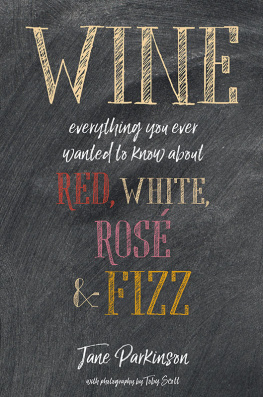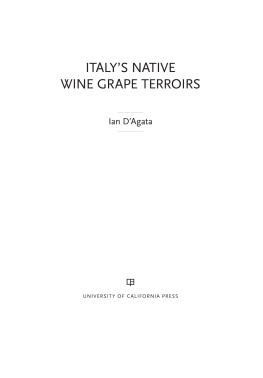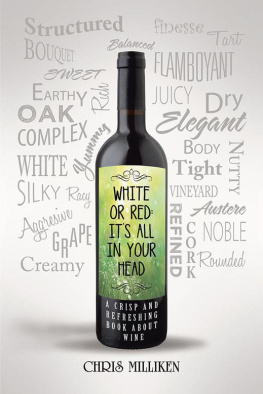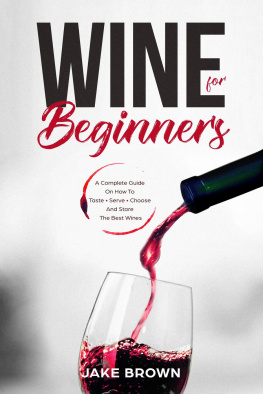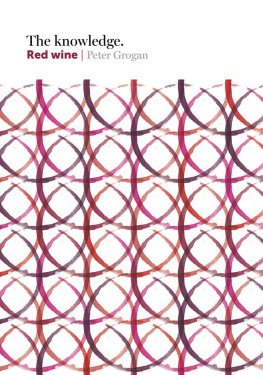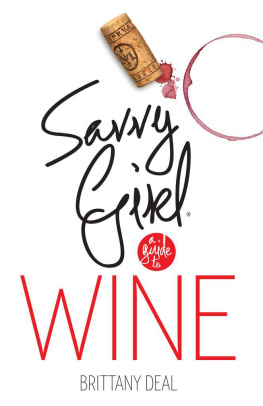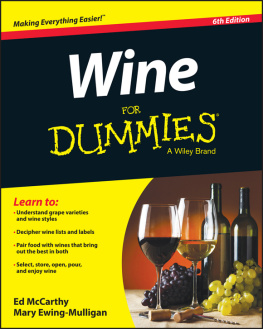
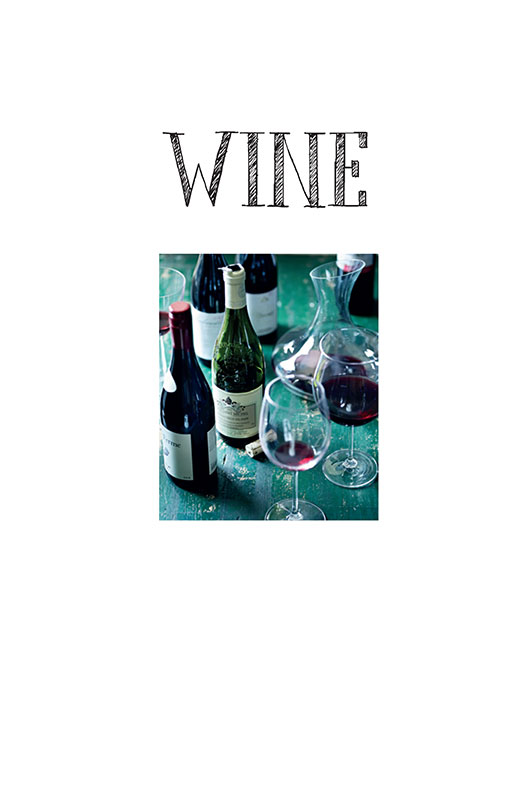


Designers Paul Stradling, Manisha Patel and Emily Breen
Commissioning Editor Stephanie Milner
Production David Hearn
Picture Researcher Christina Borsi
Art Director Leslie Harrington
Editorial Director Julia Charles
Publisher Cindy Richards
Photographer Toby Scott
Photographers Assistant Benjamin Wisely
Prop Stylist Luis Peral
Food Stylist Rosie Reynolds
This abridged edition published in 2019
First published in 2014
by Ryland Peters & Small,
2021 Jockeys Fields,
London WC1R 4BW
and
341 E 116th St
New York NY 10029
www.rylandpeters.com
Text copyright Jane Parkinson 2014, 2017, 2019
Design and commissioned photographs copyright Ryland Peters & Small 2014, 2017, 2019 ( for other credits)
E-ISBN: 978-1-78879-128-1
ISBN: 978-1-78879-076-5
Printed and bound in China
10 9 8 7 6 5 4 3 2 1
The authors moral rights have been asserted. All rights reserved. No part of this publication may be reproduced, stored in a retrieval system or transmitted in any form or by any means, electronic, mechanical, photocopying or otherwise, without the prior permission ofthe publisher.
A CIP record for this book is available from the British Library.
US Library of Congress Cataloging-in-Publication Data has been applied for.
CONTENTS
Feeling thirsty but not sure what to drink? Then this is the book for you. I love being asked what wines people should try, its one of the favourite parts of my job. From my personal favourites to fashionable wines or the bottles that offer the best value, I hope I answer everyones questions (and more) here in this book, which is my go-to guide for those that are curious about wine and love all the flavours that come with it. With that in mind, I chat through all the topics in my kind of everyday language. This means there isnt much jargon to be found, but when it does make the odd appearance, I promise an explanation quickly follows.
The way we buy, serve, enjoy and match wine has changed massively in the last couple of decades, partly because weve never been so spoilt for choice. And so, in this book, I introduce you to glorious grape varieties, some known and perhaps some lesser-known, but in each case I explain where they are grown, how the wine should taste and why, for example, it might be blended with another grape. Occasionally, I also namedrop a particularly good producer because I am also constantly asked for these recommendations too.
In The Bar, I take a closer look at serving wine, whether its the trends in glass shapes, nifty serving paraphernalia or serving temperatures. All of this might seem a bit old school to some people, but they can play a really important role in affecting how a wine will taste so if you want to make the most of your wine make sure you take a peek.

Youll also see that this book is peppered with various ad hoc wine topics, the kind that come up often but no one ever seems to get a definitive answer to. They range from why its good to chill red wine to the difference between organic, biodynamic and natural wine, so I hope you find these topics useful along the way.
No matter where you are on your wine journey, if youre interested in delving more into the world of wine, then this book should give you extra insight into what is happening all around us, and who is doing what, where, and hopefully, well.
Happy drinking.

Knowing the name of the grape inside a bottle has completely changed the face of wine and how we drink it. Before my time and possibly yours, too, wine names like Chablis, Bordeaux, Sancerre, Rioja and Chianti were flung about with such carefree ease it gave wine completely the wrong image. That was turned on its head about 2530 years ago, largely by people in the southern hemisphere and North America; places we call the New World. These guys started to make serious wine and had the confidence to slap the grape variety boldly on the front of a bottle. This change to labelling wine opened the floodgates for wine appreciation. Wine became exciting, aspirational and easier to understand. Fasttrack to today, and now theres just as much (if not more) global interest in the names Chardonnay, Cabernet Sauvignon, Merlot, Sauvignon Blanc, Tempranillo, or even Sangiovese, as there ever was in the Old World names of the regions in which these grape varieties were and still are made.
THE NEW OLD WORLD
Its great news for us that countries like Italy, Spain, France and Portugal have raised their game in the face of stiff competition from New World winemakers. These countries are blessed with highquality local grape varieties, each suited to its own special environment; and together with a general improvement in technology the world over, theres an endless source of delicious European wines now at our fingertips. For more gorgeous European wines Flagship reds ().
FRANCE
The tiny Jura region is now a haven of delicious characterful white wines made with local grapes Chardonnay and Savagnin with a nutty, salty flavour thats gorgeously unique and moreish.

While the Jura is doing a great job with white wines it is also making hedonistically beautiful light, bright and sappy red wines from local grapes Pinot Noir, Trousseau and Poulsard.
ITALY
All across the north of the country, from Piedmont to Friuli, Italy is a melting pot of zingy and refreshing whites made from local grapes with personality and attitude, such as floral Arneis, zesty Friulano or the appley Ribolla Gialla.
The days of southern Italy churning out masses of bulk red wine are changing. Instead, carefully crafted, inkydark, spicy reds are being made from local grapes, such as the dark and brooding Aglianico in Campania, or the meaty grape Negroamaro from Puglia, or the peppery Nerello Mascalese from Sicily.
SPAIN
Although Albario is delicious and perfect with seafood, look out for crisp and fruity white wines made from Verdejo in Rueda, Godello in Valdeorras and the modern take on white Rioja, which is less oaky.
In northwest Spain, a local grape called Menca has come of age in the region of Bierzo. Its full of black fruits with a spicy flavour as is another Spanish grape, Monastrell. Both are great alternatives if youre stuck in a red Rioja rut.
PORTUGAL
Vinho Verde is more than just retrocool; it makes some seriously delicious white wines. The Loureiro grape used here is floral while Alvarinho is richer, and these are the two grapes worth looking out for. The Douro Valley is also a haven for pretty, citrusfresh white wines made from local grapes.
Next page
